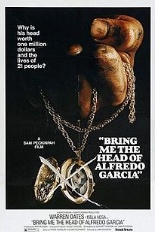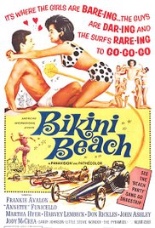
 Harvey Huntington Honeywagon III is on a mission: to prove that Frankie (Frankie Avalon), Dee Dee (Annette Funicello) and the rest of their group of sun-kissed, surf-lovin’ teenagers spending their days and nights on Bikini Beach harbor “an abnormal preoccupation with sex,” so much so that the rare jolts of activity in their brains are “only of a carnal nature.”
Harvey Huntington Honeywagon III is on a mission: to prove that Frankie (Frankie Avalon), Dee Dee (Annette Funicello) and the rest of their group of sun-kissed, surf-lovin’ teenagers spending their days and nights on Bikini Beach harbor “an abnormal preoccupation with sex,” so much so that the rare jolts of activity in their brains are “only of a carnal nature.”
Yeah, and?
Honeywagon (a trim Keenan Wynn, A Woman for All Men) has an ulterior motive: to clear the way for a retirement village. That’s hardly a plot, but there is no plot — just a lot of “stuff” that happens, which is not a bad thing when a film radiates so much joy, not to mention counts a man in a chimpanzee suit among its supporting cast.
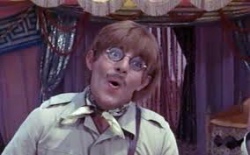 Oh, did I not mention the chimp? There’s also a chimp. Known as Clyde (Janos Prohaska, Pussycat, Pussycat, I Love You), Honeywagon’s pet hangs ten on the waves and chauffeurs the boss around in a Rolls Royce. See it to believe it.
Oh, did I not mention the chimp? There’s also a chimp. Known as Clyde (Janos Prohaska, Pussycat, Pussycat, I Love You), Honeywagon’s pet hangs ten on the waves and chauffeurs the boss around in a Rolls Royce. See it to believe it.
There’s a rival for Dee Dee’s affection, in the form of British Invasion rocker Potato Bug (also Avalon, unrecognizable and demonstrating surprising comedic deftness), a mop-topped star whose vocab is riddled with only-in-the-UK phrases like “sticky wicket.” There’s a constantly mugging Don Rickles as dragster mechanic Big Drag. There’s a musical number by a 14-year-old Stevie Wonder. There’s a cameo by Boris Karloff, making a friendly in-joke at fellow horror royalty member Vincent Price. There’s the return of buffoonish biker Eric Von Zipper (Harvey Lembeck, The Gong Show Movie) and his gang, including a teenage werewolf and a billiards hustler named South Dakota Slim (Timothy Carey, The World’s Greatest Sinner).
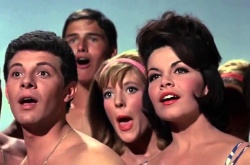 And there’s lots of dancing, including a defensive move that can be described only as a “go-go ass attack.” See it to believe it.
And there’s lots of dancing, including a defensive move that can be described only as a “go-go ass attack.” See it to believe it.
Romp number three in AIP’s squeaky-clean Beach Party series, Bikini Beach doesn’t dare kick over the sandcastle that made the previous pair so stinkin’ successful. Again guided by director William Asher, who keeps control of the wall-to-wall zaniness like twisting a stick around spinning cotton candy, Bikini Beach culminates in a mad, mad, mad, mad go-kart chase — one that proves the exception to my rule that nothing good can come of sped-up film.
You get all this and Funicello’s belly button, exposed at last. See it to believe it. —Rod Lott

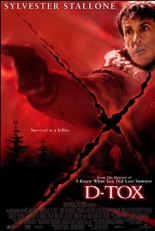
 Until the
Until the 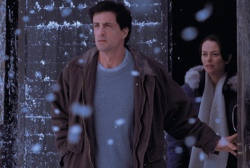
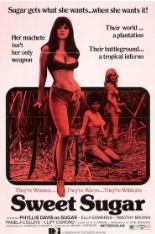
 Elation turns to frustration when a prostitute named Sugar is sentenced to the plantation, in the Cain-raising
Elation turns to frustration when a prostitute named Sugar is sentenced to the plantation, in the Cain-raising 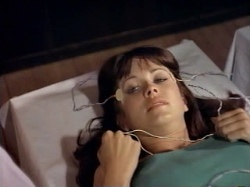
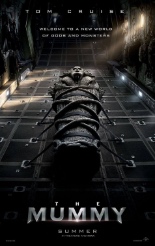
 Seeing green (with envy) at the massive success Marvel Studios has had with its
Seeing green (with envy) at the massive success Marvel Studios has had with its 


